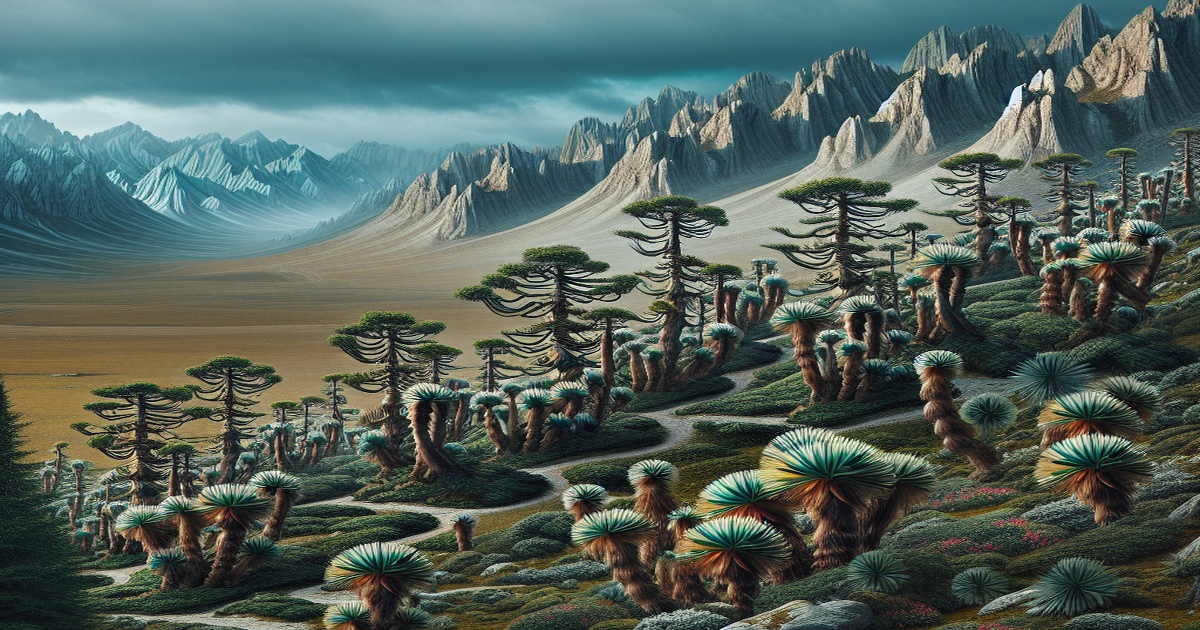How Tree Line Shifts Shaped the Qinghai-Tibet Plateau's Unique Plants
The Qinghai-Tibet Plateau, often referred to as the "Roof of the World" and the "Third Pole of the Earth," is a land of breathtaking beauty and exceptional biodiversity. It is home to a remarkable collection of plants, with over one-third found nowhere else on Earth. This makes it a global biodiversity hotspot, attracting scientists from around the world to unravel the mysteries behind its unique flora.
For decades, scientists have been intrigued by the distribution patterns of these mountain-specific plants. A recent study published in Nature Communications sheds light on this mystery, revealing that historical shifts in tree growth limits played a crucial role.
The study, led by Professor Wang Tao of the Chinese Academy of Sciences' Institute of Tibetan Plateau Research, reconstructed a model showing how the plateau's tree line, the upper forest limit, has moved over time since the last Ice Age. This movement, driven by periodic climate fluctuations during the Quaternary Period, has left a lasting mark on the diversity of endemic alpine species.
The study found that the average elevation of the tree line fluctuated significantly between glacial and interglacial periods, reaching up to 850 meters. This fluctuation resulted in a 50% reduction in habitat area for endemic alpine species during interglacial periods compared to glacial periods.
Areas with stable environments over time developed more unique plant mixes, while regions with frequent tree line changes had simpler, more uniform plant communities. This suggests that environmental changes act as a sieve, allowing only the toughest species to survive repeated shifts, leading to a homogenization of plant groups. Stable areas, on the other hand, provide a haven for plants to develop special traits, fostering richer diversity.
The study's findings have significant implications for conservation efforts. Rapid warming and rising tree lines could threaten the plateau's unique plants, putting them under pressure from both climate change and invading trees. By understanding the historical factors that shaped the distribution of these plants, scientists can design better protection plans to safeguard this precious biodiversity hotspot.







5 Comments
Manolo Noriega
How can we trust models about ancient climate history when predicting tomorrow’s weather is difficult enough?
Fuerza
They continue spending time on these obscure studies rather than solving immediate, tangible problems.
Manolo Noriega
Awareness is key. By sharing and supporting such research, we help protect the biodiversity of our planet.
Ongania
Great study—this highlights how deeply climate change can influence sensitive areas like the Qinghai-Tibet Plateau.
Manolo Noriega
Thankful for scientists tirelessly working to help us understand and safeguard Earth's precious ecosystems.